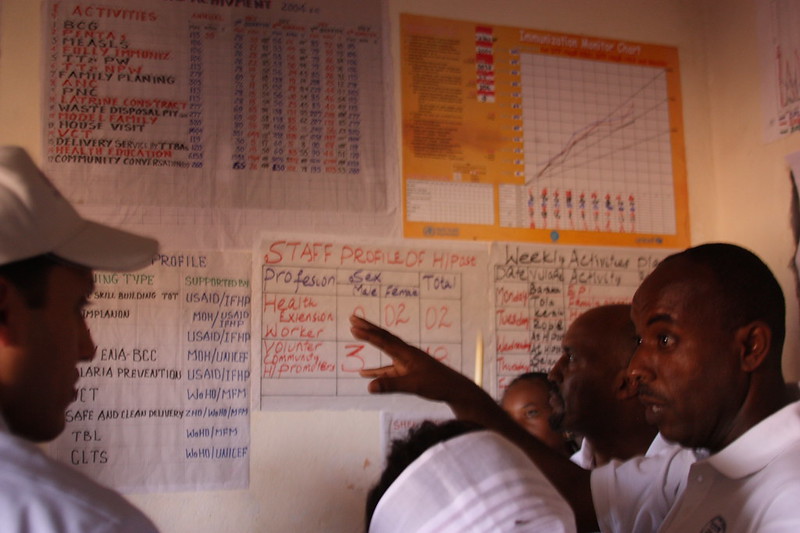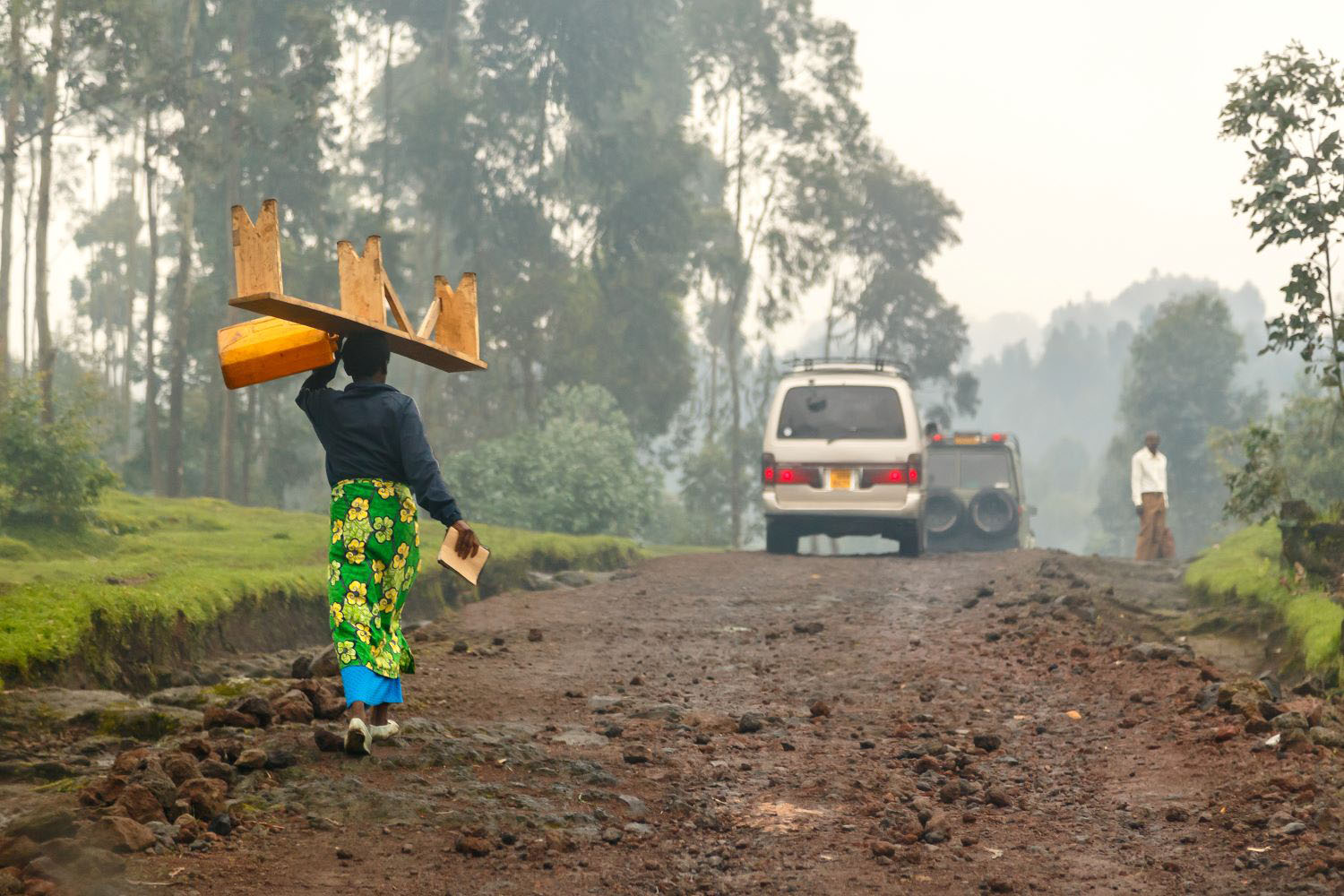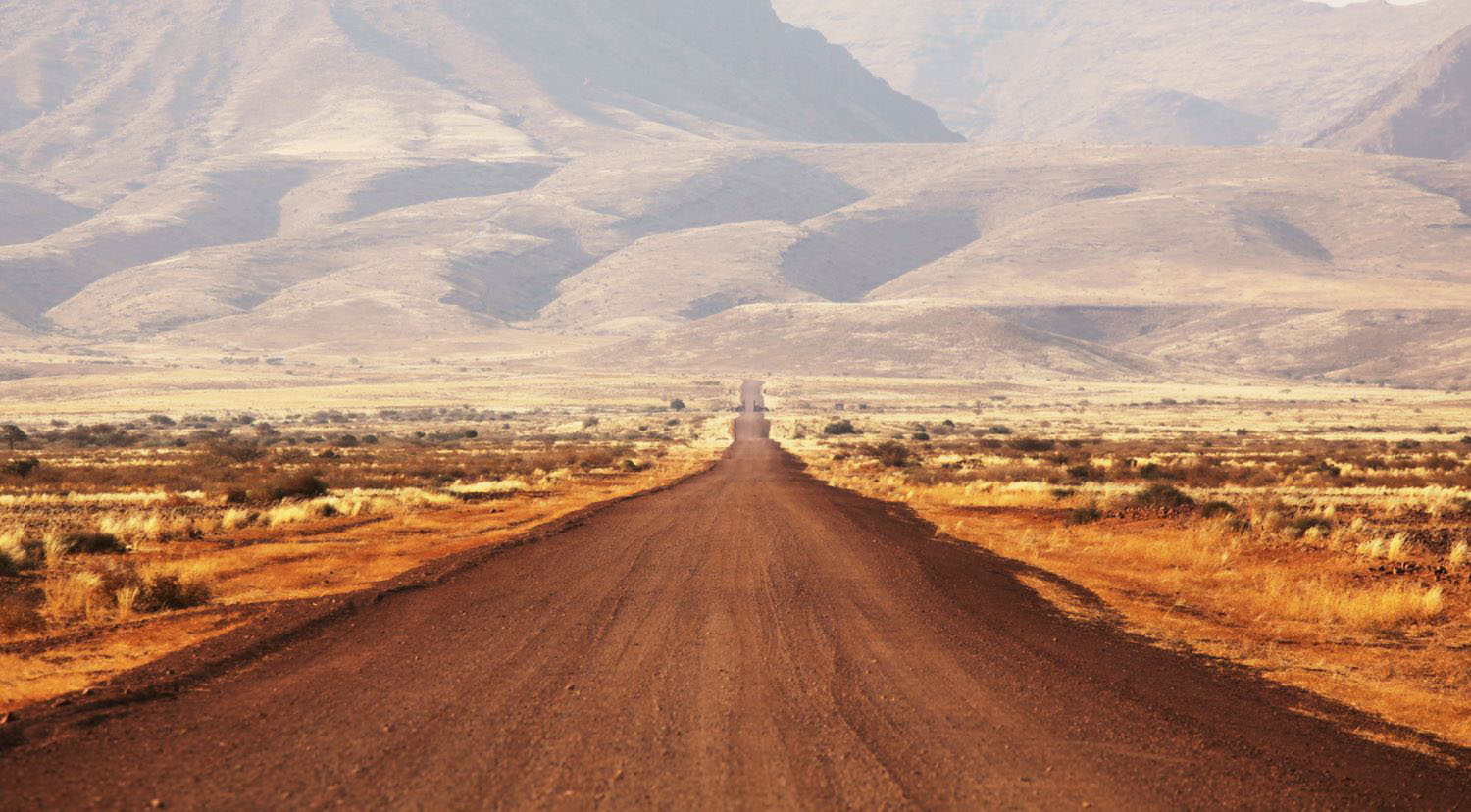President Obama’s Power Africa initiative clearly gathered a lot of momentum this week. First, the White House announced that approved and planned projects now represent almost 80 percent of the initial power generation target. Second, private actors like Blackstone, the Carlyle Group, Aliko Dangote, and Standard Chartered Bank announced $6 billion in new financing commitments. This brings the cumulative total to over $20 billion in private commitments. By comparison, the US has pledged up to $7 billion in public or publicly-guaranteed funds (although much of this will never materialize). And third, USAID and other public partners like the Swedish Government unveiled additional commitments this week.
The big change, however, is aggressive ambition. Based on the early progress, President Obama announced a tripling of the original Power Africa targets. It now aims to deliver 30,000 megawatts of power generation capacity and new connections for at least 60 million households and businesses. This could mean up to 300 million people acquiring access to reliable and affordable electricity over time (average household size = ~5 people).
Put differently, President Obama has just committed to help provide power for half of those Africans who currently lack it. This is an amazingly bold pledge, especially when the US government only plans to provide $300 million in grant assistance per year. And the bulk of the public finance will come from the US Ex-Im Bank and OPIC, both of which are facing uncertain reauthorization processes.
It’s going to take some time to unpack how all of this is supposed to work. For now, here are some early questions:
-
Will the new Power Africa targets apply only to the six existing focus countries, include new focus countries, or apply to the entire region? It’s extremely difficult to imagine how the new targets can only apply to the existing six focus countries (Ethiopia, Ghana, Kenya, Liberia, Nigeria, and Tanzania). Collectively, these nations have roughly 390 million inhabitants or somewhere around 80 million households. Given preexisting electricity access rates, it’s simply not possible to add 60 million new connections. So, is the Obama Administration adding a bunch of new focus countries or basically counting any and all activities across the entire region? The White House provided no specifics this week on these points.
-
How exactly does the White House track and attribute progress? With such a high profile commitment, it’s critical that the US government has a robust monitoring and evaluation framework. Especially since there is a lack of reliable baseline data about electricity access rates or even a commonly accepted definition of what access actually means. According to Power Africa’s 2014 annual report, the White House simply uses a back of the envelope approach. It assumes that every 1 MW of new generation capacity can supply electricity to 2,000 African homes (hence 30,000 MW = 60 million households). But, this simplifying assumption clearly is subject to all kinds of caveats, which could become problematic down the road. We will be digging into these issues in much greater detail going forward.
-
How do the “new” commitments really fit within Power Africa? This week, the White House showcased “new” commitments by the World Bank and Sweden totaling $5 billion and $1 billion, respectively. It’s very likely that much of these figures were already planned; although there aren’t enough details to know exactly how much. What’s arguably more important is how these World Bank and Swedish activities will be aligned with US government and private investors’ activities. Do they represent joint financing of specific deals and technical assistance projects? Will they directly help to bring US investments to closure? If not, then it’s pretty odd to count them within a US presidential initiative.
-
What’s the Obama Administration’s plan for building sustained bipartisan congressional support? President Obama has committed his successor to achieving some very ambitious goals. To be successful, it’s essential that the next US president get strong congressional support in terms of funding and new policy tools. The House of Representatives has already passed the Electrify Africa Act. Now the Senate needs to pass its counterpart bill, the Energize Africa Act, which now has 17 bipartisan co-sponsors. If there were any senators still in town this week, they would have heard repeatedly from African officials and business leaders about the overriding importance of addressing electricity challenges.
CGD blog posts reflect the views of the authors, drawing on prior research and experience in their areas of expertise.
CGD is a nonpartisan, independent organization and does not take institutional positions.





